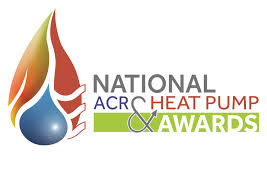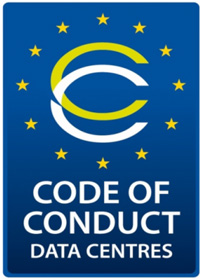Industry leaders meet in Washington
USA – The Obama administration yesterday hosted a roundtable discussion with HVAC industry leaders to debate, among other things, how the use of high global warming potential refrigerants can be decreased and, conversely, how the use of low global warming potential refrigerants should best be developed and encouraged. The administration hopes that new initiatives on reducing the consumption of HFC refrigerants will result in reducing the amount of greenhouse gas emissions by more than 1 billion tonnes of CO2 equivalent by 2025.
The discussion gathered together all the principal players in the industry including representatives from leading lights such as Chemours, Daikin, Danfoss, Honeywell, Johnson Controls, HillPhoenix, Ingersoll Rand, Carrier, Arkema, Emerson and AHRI, in addition to major retailers and end users including the soft drink giants CocaCola and PepsiCo. The event was chaired by the U.S. Secretary of Energy, Dr. Ernest Moniz, and Gina McCarthy, the U.S. Environmental Protection Agency administrator.
The US Environmental Protection Agency marked the occasion by reiterating its intention to initiate further changes to its Significant New Alternatives Policy (SNAP) programme next year and also promised to enact a new rule that would improve the way refrigerant is sold, handled, recovered, and recycled.
After having already made changes to the SNAP listing in July, the EPA confirmed that it would strive to ensure that certain high global warming potential HFCs would be de-listed, where suitable and safer alternatives exist. The EPA also declared that it would approve several new climate-friendly alternatives for a variety of industry applications.
During her address to the meeting Gina McCarthy told the assembled guests that a new rule governing refrigerant sales, handling, recovery, and recycling would serve to strengthen the existing refrigerant handling requirements and would also ensure that HFC regulations and restrictions were applied.
“EPA is working closely with industry leaders to reduce greenhouse gas emissions, transition to climate-friendly refrigerants, and deploy advanced refrigeration technologies,” said EPA administrator Gina McCarthy. “The powerful combination of EPA’s regulatory actions and innovations emerging from the private sector have put our country on track to significantly cut HFC use and deliver on the goals of the President’s Climate Action Plan.”















